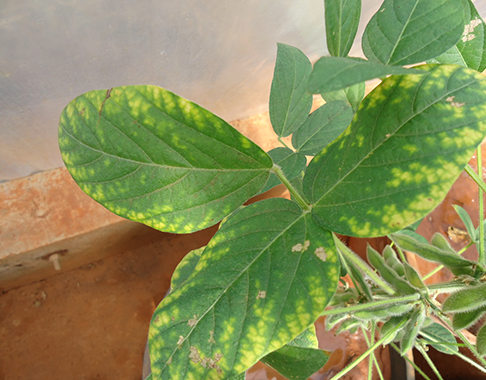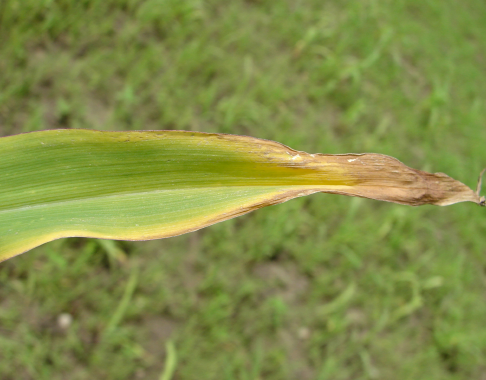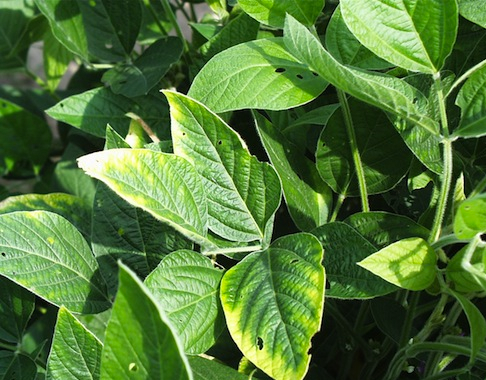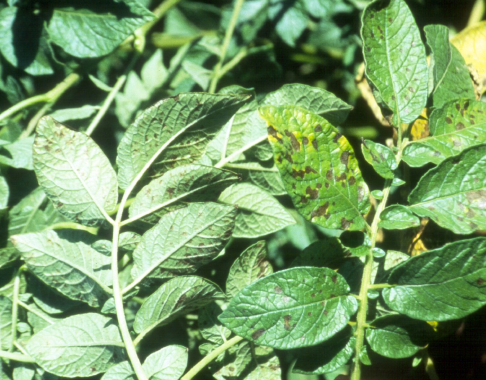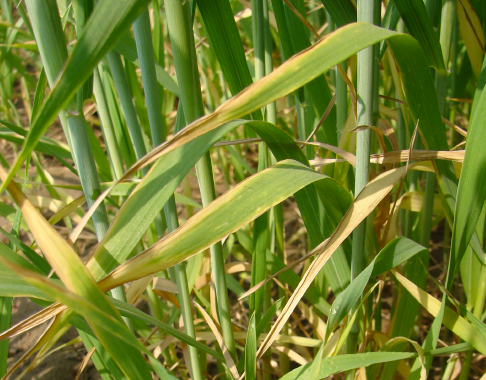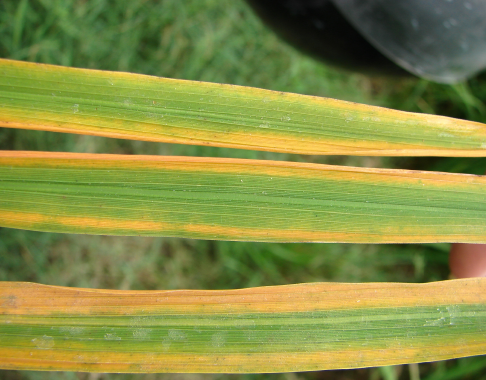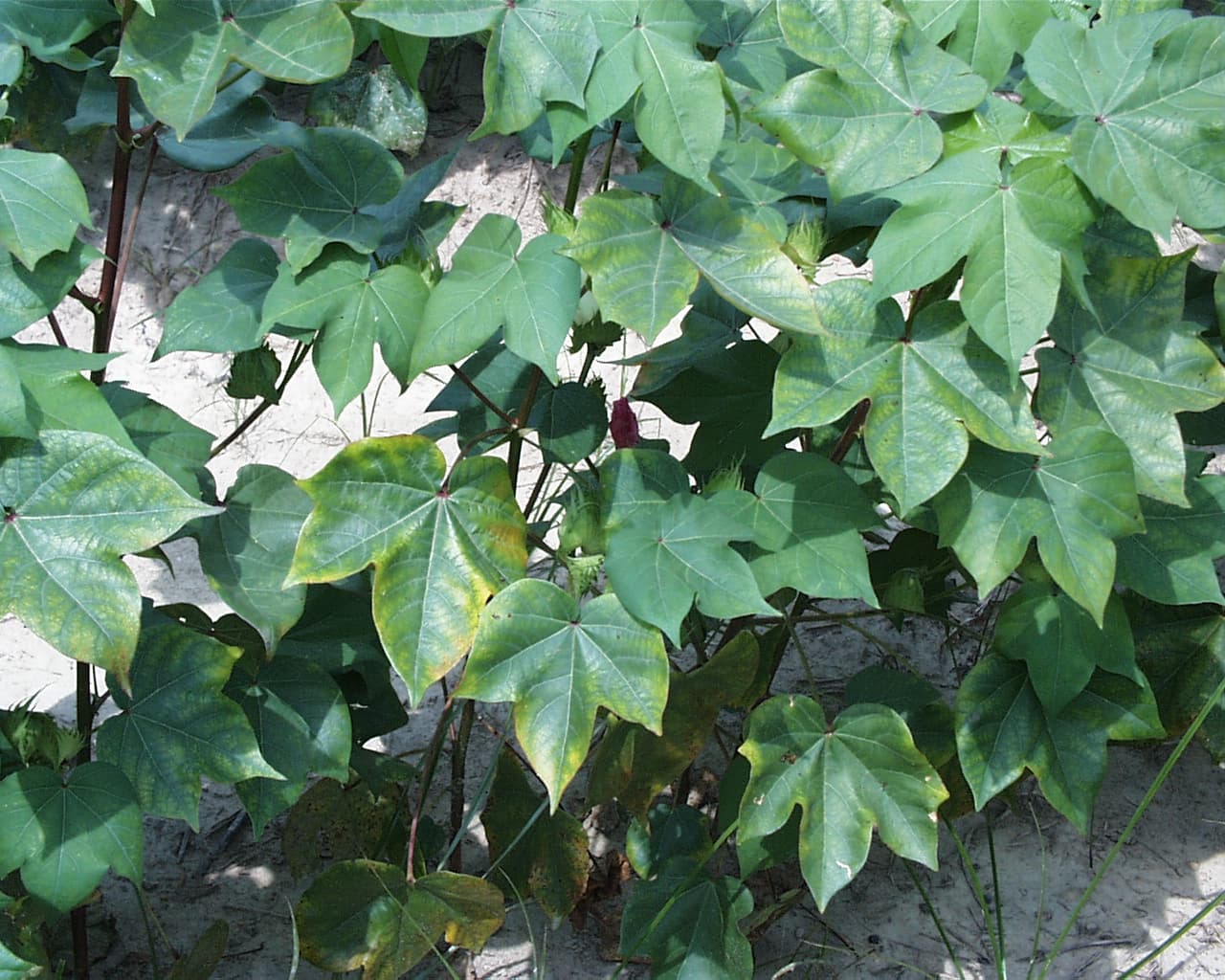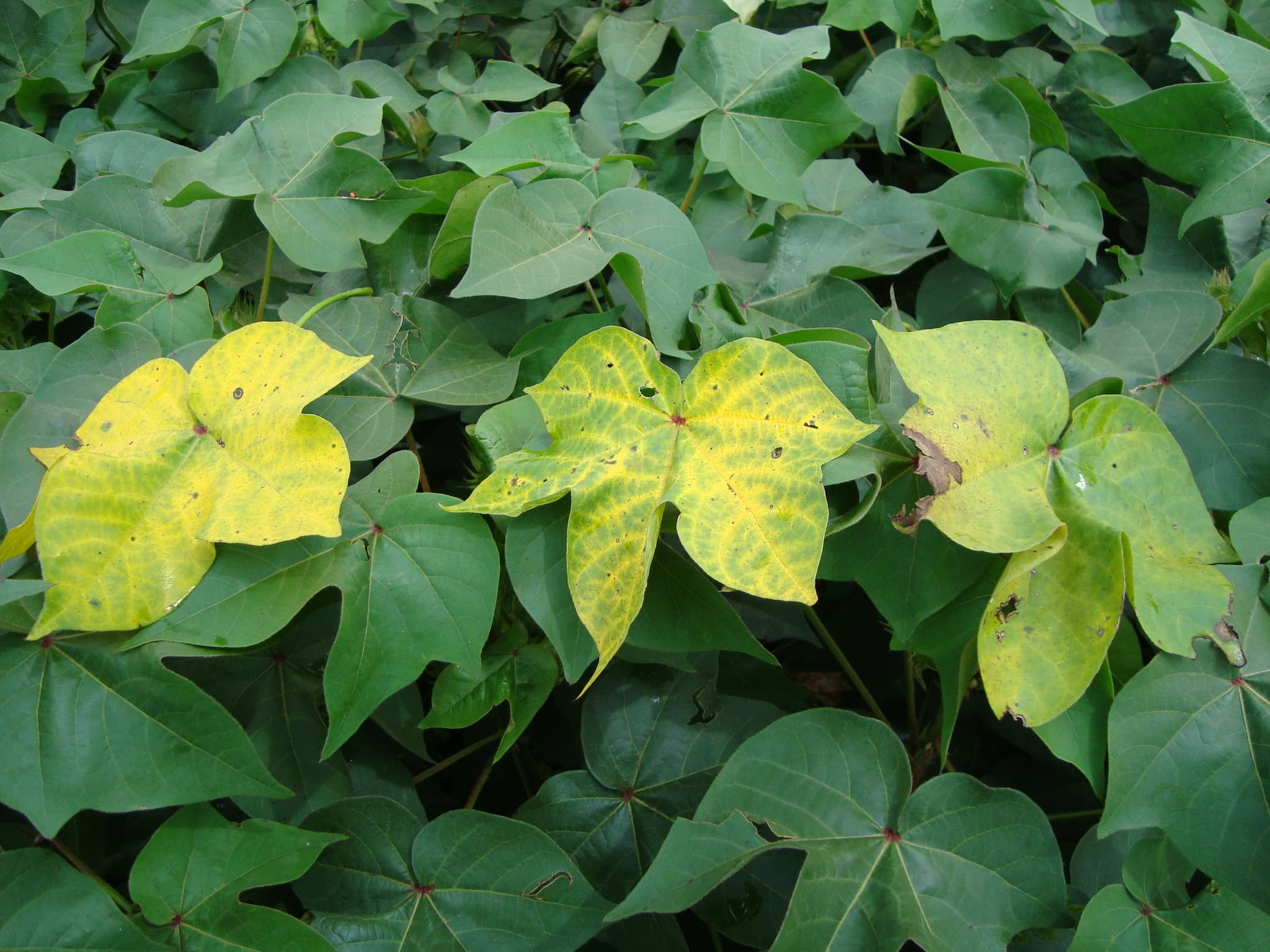Improving your crop nutrition program depends on identifying deficiencies and understanding how K interacts with other nutrients, as well as its movement within the soil and plant.
Potassium Plays Many Roles
When it comes to growing a healthy plant, K plays multiple important and different roles. Potassium is part of various chemical reactions in a plant, including photosynthesis, protein synthesis and starch synthesis:
- Photosynthesis:When K is deficient, using sunlight to synthesize foods from carbon dioxide and water, declines and respiration increases. This combination lowers the plant’s carbohydrate supply and overall crop health.
- Protein synthesis:Potassium assists in the process of bringing material to and from the areas where protein molecules are created. For example, K helps with nitrate uptake by the plant’s roots, and brings it to these areas to be turned into protein. Plants need protein to fight off diseases and for protection from harmful chemicals.
- Starch synthesis:Potassium activates the enzyme responsible for this process, in addition to many other growth enzymes. This process allows plants to produce grains rich in starch.
Potassium also helps maintain a plant’s structure (through turgor pressure) and reduces wilting. Without K, these processes cannot fully and efficiently take place within the plant, which can impact the health of the plant, leading to lower yield. It’s important to consider application rate and timing to supply adequate amounts of K to your crops.
Uptake and Availability
Potassium (K) is generally considered to be an immobile nutrient in the soil. More accurately stated, K has limited mobility in the soil, meaning that it is a bit more mobile than Phosphorus (P), but significantly less mobile than other macronutrients like Nitrogen (N) or Sulfur (S). Many soils may have a great deal of total potassium found as insoluble minerals, but only a small portion will be in soil solution or available to a crop during that growing season. Over time, mineral rock can weather and release K into the rooting zone, but rates are often too slow to meet the needs of growing crops. Recent research has started to look at clay types and content to K release rates in different soils.
Identifying soil type and texture helps determine potassium availability to the plant. Soils with higher amounts of clay content and organic matter have higher cation exchange capacity (CEC). Coarser-textured soils typically require greater amounts of K fertilizer due to low CEC. Cation exchange capacity measures the amount of positively charged cations that can be held by a given weight of soil, and affects nutrient mobility and uptake within the soil. Soils with a low CEC have a low number of positively charged ions (including K⁺) and have limited ability to replenish the K supply needed for crop uptake.
Soil tests that include a measurement of CEC can be beneficial to help determine soil type and the ability of the soil to retain and release nutrients to the crop.

How to Spot Potassium Deficiency
Moderate to severe deficiencies of K can be expressed by changes in leaf tissue appearance on the plant. While potassium is considered an immobile nutrient in soil, it is considered mobile in the plant. Under times of high nutrient demand, plants can remobilize potassium from older to younger plant tissue. This means that deficiencies typically occur first in lower (or older) leaves on a plant, and progress upward to top (younger) leaves as the severity of the deficiency increases.
One of the more common signs of deficiency is the yellow scorching, or firing (chlorosis), along the leaf margin. There are also symptoms that may be harder to identify, such as a poorly developed root system, which cause crops to grow slower. Additionally, K-deficient plants cause cereal crops, such as corn and small grain, to have weak stalks and perhaps experience lodging. Other deficiency symptoms include being less resistant to drought, extreme temperatures and other related environmental stressors.
Plants lacking potassium are also more susceptible to pests, diseases and nematode attacks. Soil sampling, along with seasonal crop scouting and tissue sampling, will help determine where deficiencies are taking place and their level of severity. These testing and monitoring programs allow growers to fine-tune their crop nutrition program and ensure that adequate levels of K are being provided in order to optimize yields.
Determining Your Optimal Potassium Source
Choosing the right fertilizer combination is key to avoiding or eliminating deficiencies in your crops. Many fertilizers that have K in them are referred to as potash. Potassium Chloride, or muriate of potash (MOP), is one of the more commonly used sources, because of the higher nutrient analysis (60-62% K₂O) in this form. Potassium sulfate , or sulfate of potash (SOP), represents about 6% of total K sales and may be desirable in situations where crops are sensitive to Cl (chloride).
The Mosaic Company offers K fertilizer options that can be integrated seamlessly into your fertilizer plan. K-Mag® a natural combination of potassium, sulfur and magnesium (Mg). Corn, soybeans, cotton and specialty crops commonly benefit from K-Mag® applications, especially in coarse textured soils. Aspire® is another excellent option, as it has two forms of boron (B) in addition to potassium. Aspire has a flexible application window, fall or spring, and is a great choice for soybeans, alfalfa, cotton and corn. Work with your local crop advisor to determine what K source is best for your fertilizer plan.
New Potassium Application Recommendations
When it comes to growing high-yielding crops, the need for K can be comparable to the need for nitrogen. Recommendations for fertilizer applications are evolving as researchers learn more. In 2017, North Dakota State University adjusted the soil test critical level for K to better account for differences in clays (nutrient holding and release capacities) across the state. Specifically, researchers learned that soils with a smectite/illite ratio greater than 3:5 could benefit from rate recommendations up to 200 parts per million (ppm) of K in the soil test, whereas areas of the state with a smectite/illite ratio of less than 3:5 have a critical level of 150 ppm of potassium.

New research is uncovering some of the gaps associated with previous soil test correlation and calibration work. These recently updated K recommendations could be an indication of future changes in other regions. It’s important to keep an eye on university research and updated recommendations to ensure optimal nutrient levels are applied annually.
Mind Your R’s When Applying Potassium
It’s no secret that the 4Rs of Nutrient Stewardship — the Right source, at the Right rate, during the Right time and with the Right placement — should be at the top of every grower’s mind, and K is no exception. Planning a fertilizer application that meets each of the 4Rs will provide the foundation to achieve sustainable plant nutrition management. These practices are beneficial to the farmer, the community and the environment.
Broadcast application is the most common application method when applying K, but strip till and banded applications are also good options if considerations are made to prevent any seed or seedling injury.
Ideally, fertilizer applications closest to when the crop needs them are best, but weather, product availability, equipment resources, and soil conditions must all be considered for timing of application. In many corn and soybean systems, it is most beneficial to apply K during the spring, but limited K mobility allows some application flexibility for areas that are best served with fall applications. For crops like alfalfa, growers should look at split applications of fertilizer for better utilization.
There is not a one-size-fits-all nutrient management plan, because every crop and soil has different requirements and different solutions. Consult your local crop advisor to review the 4Rs and determine what is best for your operation.
Invest in Potassium to Reach Your Goals
Potassium plays many important roles in plant growth. Having enough K available for plants to reach maximum performance throughout the growing season can help you reach your yield and profit goals. Applying fertilizer is an investment that also ensures stewardship of the land. By soil sampling on a regular basis, working with your crop advisor, and implementing the 4Rs of Nutrient Stewardship, you can feel confident in growing healthier plants, with higher yields and a more profitable operation.
